One Small Country Has Raced Past All Others In The World's Biggest Education Assessment
Published by SchoolAdvisor | Dec 07, 2016Every three years the Organization for Economic Cooperation and Development (OECD) tests 15-year-olds around the world on their math, science and reading abilities.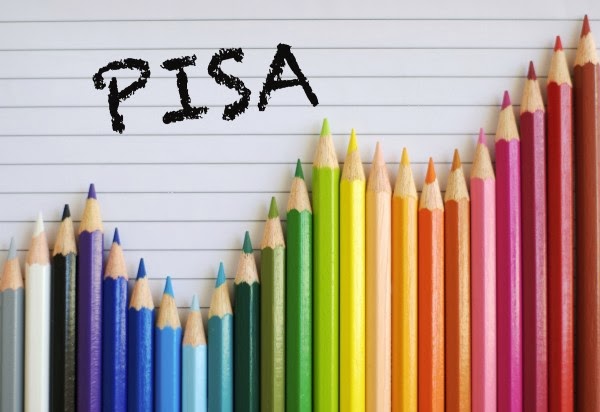 In 2000, it was this test, Programme for International Student Assessment (PISA) that made Finland an international powerhouse that stunned the world. The relatively small country with just over 5.5 million population which emphasises on less homework and more playtime for students somehow managed the top spot. Finland immediately become a top tourist attraction with educators from around the globe wanting to learn and understand their secret.See: 20 Amazing Facts About Finland's Education System But what goes up must come down.In the PISA 2015 results, Finland has fallen from its perch though it still remains as one of the high performers, and Singapore soared past the rest of the world on math, reading and science. In Singapore, teaching is coherent, fit-for-purpose and pragmatic, drawing on a range of pedagogical traditions, both Eastern and Western. As such, teaching in Singapore primarily focuses on coverage of the curriculum, the transmission of factual and procedural knowledge, and preparing students for end-of-semester and national high stakes examinations.Plus: Singapore: Smartest Kids In The World PISA 2015 includes data from 72 countries and economies, including all 35 OECD members and 37 other countries and economies. In some cases, regions stand in for countries: Taiwan’s results are based on testing in Taipei, in Argentina only the city of Buenos Aires participates, and in mainland China, four provinces—Beijing, Shanghai, Jiangsu, and Guangdong (B-S-J-G) participate.
In 2000, it was this test, Programme for International Student Assessment (PISA) that made Finland an international powerhouse that stunned the world. The relatively small country with just over 5.5 million population which emphasises on less homework and more playtime for students somehow managed the top spot. Finland immediately become a top tourist attraction with educators from around the globe wanting to learn and understand their secret.See: 20 Amazing Facts About Finland's Education System But what goes up must come down.In the PISA 2015 results, Finland has fallen from its perch though it still remains as one of the high performers, and Singapore soared past the rest of the world on math, reading and science. In Singapore, teaching is coherent, fit-for-purpose and pragmatic, drawing on a range of pedagogical traditions, both Eastern and Western. As such, teaching in Singapore primarily focuses on coverage of the curriculum, the transmission of factual and procedural knowledge, and preparing students for end-of-semester and national high stakes examinations.Plus: Singapore: Smartest Kids In The World PISA 2015 includes data from 72 countries and economies, including all 35 OECD members and 37 other countries and economies. In some cases, regions stand in for countries: Taiwan’s results are based on testing in Taipei, in Argentina only the city of Buenos Aires participates, and in mainland China, four provinces—Beijing, Shanghai, Jiangsu, and Guangdong (B-S-J-G) participate.
Results
Singapore takes the top award. Over the past three years, it has improved in every single area.
In addition to Singapore, Canada, Estonia, Finland, Hong Kong, Japan, and Macao were the only places where at least four out of five 15-year-old students have mastered the OECD’s baseline level of proficiency in science, reading and mathematics.
Science
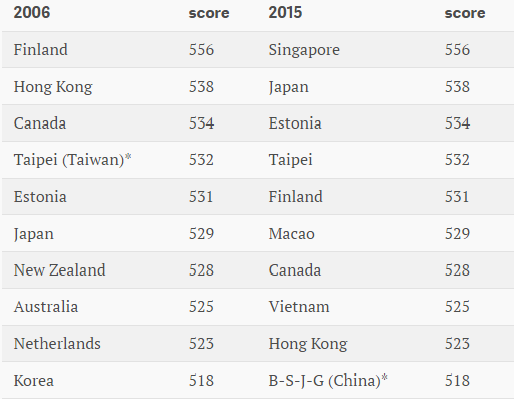
Mathematics
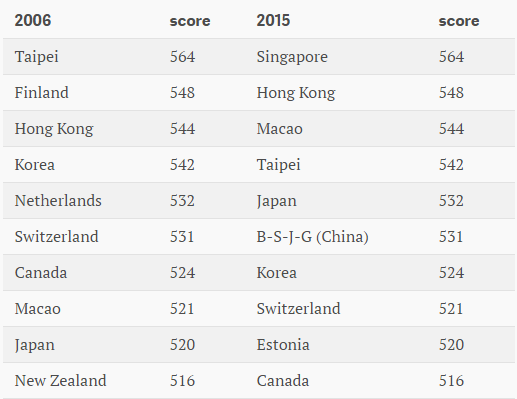
Reading
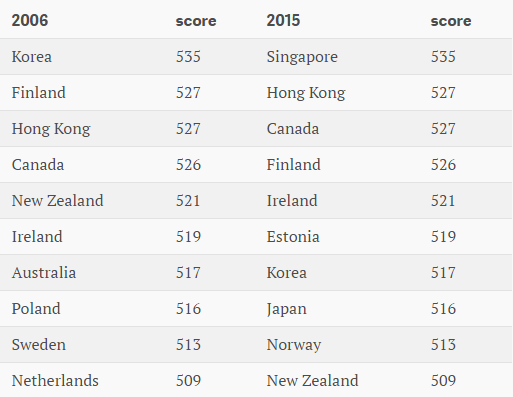
So how did Malaysia do?
According to the Education deputy education director-general, Datuk Dr Amin Senin said Malaysia recorded better scores in all three PISA domains.For the Science literacy domain, Malaysia scored 443 points, an increase of 23 points compared to the PISA 2012 results. The score obtained for the reading literacy domain stands at 431 points, a rise of 33 points compared to the previous edition. The country scored 446 points in the Mathematics literacy domain this year compared to PISA 2012, with 421 points.
Key features of PISA 2015
- Approximately 540 000 students completed the assessment in 2015, representing about 29 million 15-year-olds in the schools of the 72 participating countries and economies.
- Computer-based tests were used, with assessments lasting a total of two hours for each student.
- Test items were a mixture of multiple-choice questions and questions requiring students to construct their own responses. The items were organised in groups based on a passage setting out a real-life situation.
- Students also answered a background questionnaire, which took 35 minutes to complete.
Recent Articles
- Beaconhouse Gasing Preschool: Leading Transformation with IEYC Curriculum Introduction
- BSKL and Charterhouse Grad Scores Dream Spot at New York University
- Leannie Liew’s Journey at Cempaka International School: Pushing Boundaries and Discovering Potential
- VOX ISKL: Leveraging Language Learning
- From elc to Harvard: Thamini Vijeyasingam’s Journey to Ivy League Excellence
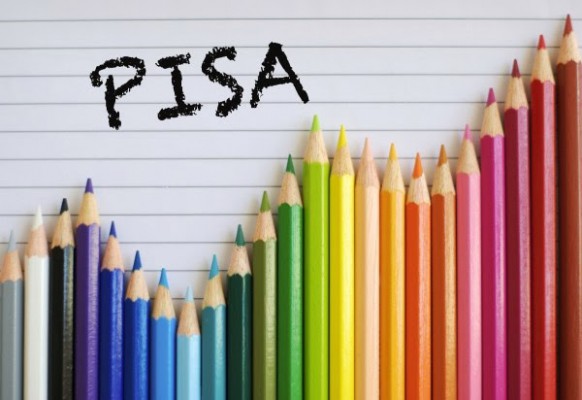







 Login with Google
Login with Google